Why the Han Culture Scenic Area Should Be on Every Traveler’s Bucket List
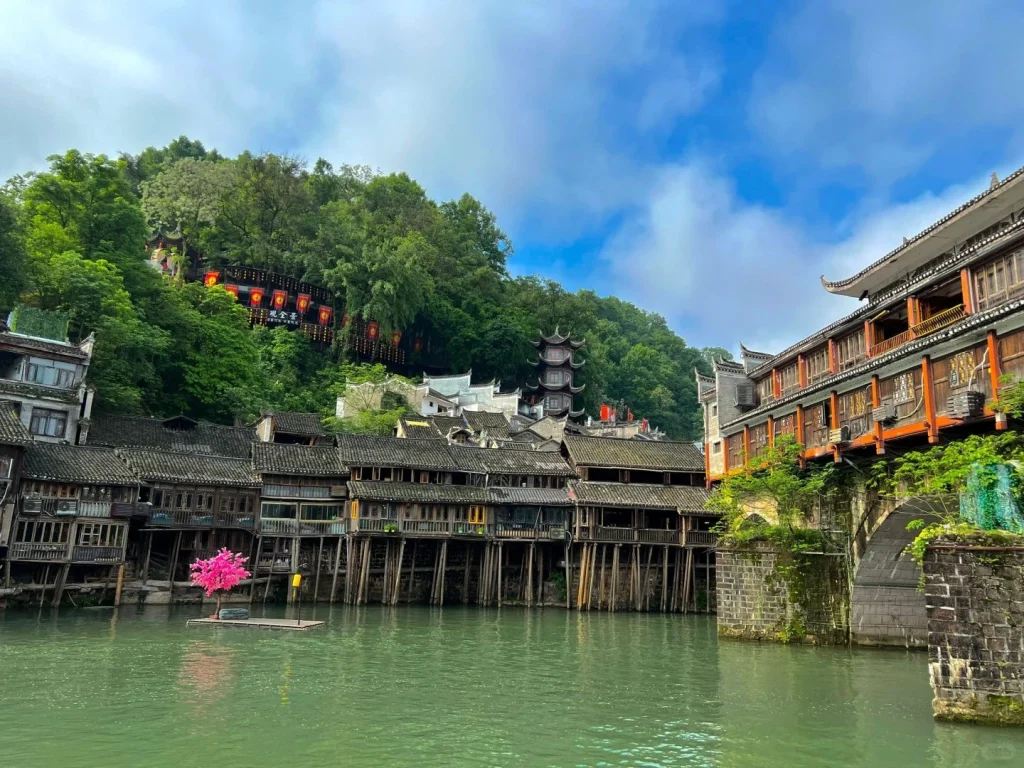
An Essential Guide to Visiting Han Culture Scenic Area
Nestled in the heart of Xuzhou, the Han Culture Scenic Area is a treasure trove of history, showcasing one of China’s most fascinating dynasties. Imagine wandering through lush gardens and ancient pathways, where the echoes of the Western Han Dynasty (206 BC – 220 AD) resonate in the air, and the enchanting sight of the diminutive terracotta warriors captivates your imagination. These remarkable artifacts, discovered in 1984, offer a glimpse into the craftsmanship and military prowess of an era long past, drawing visitors from around the globe.
In this guide, we will navigate the essentials for visiting the Han Culture Scenic Area, including practical tips for navigating the site, highlights of the must-see attractions, and insights into the rich history that surrounds you. Whether you’re a history buff eager to delve deep into the past or simply seeking a serene escape in beautifully manicured landscapes, this guide will equip you with everything you need to fully appreciate this remarkable destination. Prepare to embark on a journey through time, where every step brings you closer to the legendary Han Dynasty!
In This Guide
- An Essential Guide to Visiting Han Culture Scenic Area
- The Rich History and Legends of Han Culture Scenic Area
- Main Highlights: What You Absolutely Can’t Miss
- Planning Your Visit: A Practical Guide
- Tickets: Prices, Booking, and Tips
- How to Get There: A Complete Transportation Guide
- Local Cuisine and Accommodation Nearby
- Frequently Asked Questions
- Final Thoughts on Your Trip
The Rich History and Legends of Han Culture Scenic Area
Discovering the Legacy of the Han Dynasty
The Han Culture Scenic Area in Xuzhou is a captivating testament to the grandeur of one of China’s most influential dynasties. Spanning over four centuries, from 206 BC to 220 AD, the Han Dynasty marked a golden age in Chinese history, characterized by remarkable advancements in culture, technology, and trade. As you wander through this scenic area, you’ll uncover layers of history intertwined with fascinating legends that breathe life into the ancient past.
The Rise of the Han Dynasty
The Han Dynasty followed the brief but impactful Qin Dynasty, inheriting the vast empire that Qin Shi Huang had unified. Under the rule of Emperor Gaozu, the Han Dynasty established a more benevolent and less authoritarian governance. This period is often divided into the Western Han (206 BC – 9 AD) and Eastern Han (25 – 220 AD) periods, each contributing significantly to the establishment of Confucianism as the state philosophy, promoting arts and literature, and expanding the Silk Road trade network, which connected China to the West.
The Terracotta Warriors: Guardians of the Tomb
One of the most striking features of the Han Culture Scenic Area is the collection of terracotta warriors, discovered in 1984 in a tomb belonging to a Han emperor. Unlike the life-sized warriors of the Qin Dynasty, the Han terracotta figures are smaller and intricately detailed, often referred to as “doll-sized.” These figures were crafted to serve as guardians in the afterlife, reflecting the Han belief in an existence beyond death. The discovery of these figures is steeped in legend; local villagers played a crucial role in helping archaeologists locate the tomb, a testament to the intertwined fates of the land and its people.
Historical Firsts: Innovations and Discoveries
The Han Dynasty was a period of significant innovation. Historical evidence suggests that the Han army utilized crossbows, predating their use in England by several centuries. This military advancement showcased the ingenuity of Han engineering and contributed to the empire’s dominance during its reign. Additionally, the period saw the invention of paper and advances in medicine, astronomy, and agricultural techniques, laying the foundation for future dynasties.
Legends of the Han: The Tale of the Flying General
One of the most enduring legends from the Han Dynasty is that of General Zhang Qian, often referred to as the “Flying General.” His adventurous spirit led him on a quest that ultimately expanded the horizons of the Han Empire. Sent to establish relations with the Western regions, Zhang Qian’s journey took him through perilous terrains, introducing the Han to new cultures and trade routes. His exploits not only solidified the Silk Road’s significance but also inspired countless tales of bravery and exploration.
The Scenic Beauty of the Han Culture Area
Nestled against a backdrop of lush mountains, the Han Culture Scenic Area is not just a historical site; it is a serene escape into nature. Visitors can stroll through well-maintained gardens, navigate winding paths, and find peace in the stunning landscapes that inspired poets and artists of the Han era. The area offers a unique blend of history and natural beauty, allowing travelers to immerse themselves in both the cultural and scenic wonders of this remarkable region.
Conclusion: A Journey Through Time
As you explore the Han Culture Scenic Area, you are not merely an observer of history; you become a part of it. The echoes of the past resonate through the terracotta warriors, the legends of brave generals, and the breathtaking landscapes. This area serves as a reminder of the rich tapestry of culture and history that defines the Han Dynasty, inviting international travelers to delve into a world of ancient marvels and enduring legends. Whether you are a history enthusiast or simply seeking a beautiful place to wander, the Han Culture Scenic Area promises an unforgettable journey through time.
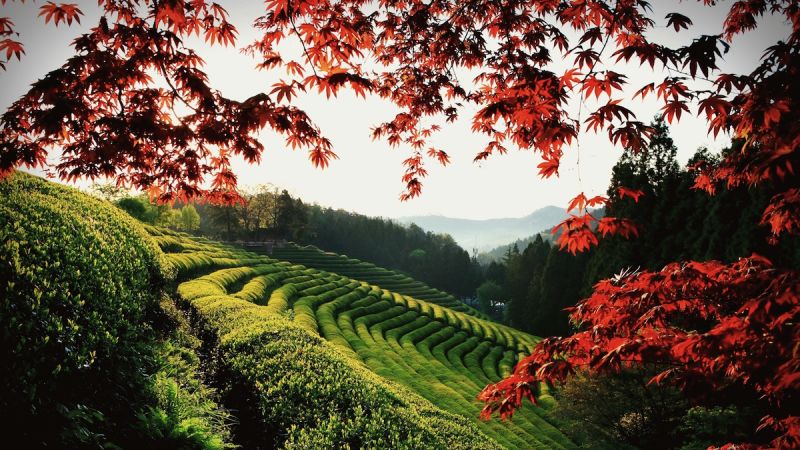
Han Culture Scenic Area.
Main Highlights: What You Absolutely Can’t Miss
Western Han Dynasty Terracotta Warriors
No visit to the Han Culture Scenic Area would be complete without marveling at the Western Han Dynasty Terracotta Warriors. Discovered in 1984, these intricately crafted figures, though smaller than their more famous Qin counterparts, offer a unique glimpse into the military prowess of the Han Empire (206 BC – 220 AD). As you wander through the hillside tomb complex, you’ll find the serene surroundings enhance the experience. Entrance to the park is free, but a ticket costing 90 RMB is required to access the main attractions. Be sure to bring a camera, as the scenic backdrop provides stunning photo opportunities.
The Han Tombs
The Han Tombs, nestled within the scenic area, are a testament to the rich history of the Han Dynasty. These elaborate burial sites, steeped in ancient traditions, are surrounded by lush gardens and walking paths. You can explore the various tombs at your own pace, but be prepared for limited English signage. Consider downloading a translation app to enhance your understanding of the historical context. The tranquility of the area makes it an ideal spot for reflection, so take your time to soak in the atmosphere.
Lion Mountain Han Figures
Just a short stroll from the main attractions, you’ll encounter the impressive Lion Mountain Han Figures. The site features large statues that embody the artistic style of the Han Dynasty, making it a great spot for photographers and history buffs alike. The figures stand as guardians of the mountain, overlooking the surrounding landscape. Make sure to wear comfortable shoes, as the area requires some walking. Visiting early in the morning or late afternoon provides a magical light for your photos.
Xuzhou Museum
A visit to the Xuzhou Museum is essential for anyone wishing to dive deeper into the history and culture of the Han Dynasty. The museum houses an extensive collection of artifacts, including pottery, weapons, and textiles from the era. Engaging exhibits highlight the significance of Xuzhou as a cultural hub during the Han Dynasty. Though guided tours are limited in English, the museum provides informative plaques in both Chinese and English. Allocate at least an hour to explore the museum thoroughly.
Yunlong Lake
After immersing yourself in the history of the Han Dynasty, unwind at Yunlong Lake, a picturesque spot located nearby. This vast body of water is surrounded by walking paths, benches, and lush greenery, making it perfect for a leisurely stroll or a peaceful picnic. The lake is particularly beautiful at sunset, so bring along a blanket to enjoy the view. Be sure to check out the small cafes nearby if you’re in need of refreshments.
Huaihai Battle Monument
For a touch of more recent history, visit the Huaihai Battle Monument, dedicated to the significant historical event during the Chinese Civil War. The monument is a solemn reminder of the sacrifices made and offers insight into China’s modern history. The area around the monument is well-maintained and ideal for a reflective walk. A brief visit here provides a contrast to the ancient history of the Han Dynasty, enriching your overall experience in Xuzhou.
Local Cuisine
While exploring the Han Culture Scenic Area, don’t forget to indulge in the local cuisine. Xuzhou is known for its delicious hotpot and traditional dishes. Consider dining at De Zhuang Hotpot, a highly-rated restaurant located nearby, where you can enjoy a flavorful meal after a day of sightseeing. It’s advisable to make reservations, especially during peak tourist seasons, to ensure you get a table.
These highlights encapsulate the essence of the Han Culture Scenic Area, offering a captivating blend of history, culture, and natural beauty. Enjoy your journey through time!
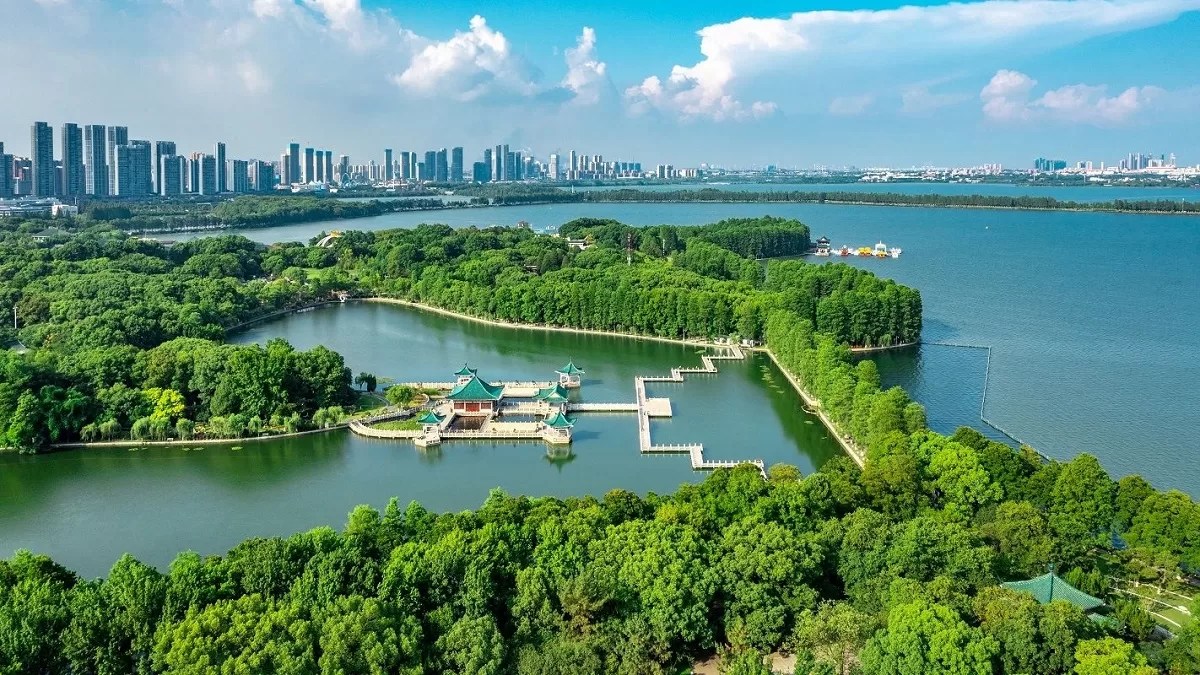
Han Culture Scenic Area.
Planning Your Visit: A Practical Guide
Best Time to Visit
The Han Culture Scenic Area in Xuzhou is best visited during the spring (March to May) and autumn (September to November). During these months, the weather is mild and pleasant, perfect for exploring the vast open spaces and enjoying the beautiful gardens. Summers can be quite hot and humid, while winters may bring chilly temperatures; hence, these two seasons provide the most comfortable conditions for sightseeing.
Recommended Itinerary
Day 1: Arrival and Exploration
– Morning: Arrive at Xuzhou and head straight to the Han Culture Scenic Area. Begin with a leisurely walk through the gardens to soak in the serene atmosphere.
– Afternoon: Visit the Western Han Dynasty Terracotta Warriors. Allocate at least 2 hours for this, as you’ll want to take your time exploring the site and reading the historical plaques.
– Evening: Enjoy dinner at a nearby restaurant, such as De Zhuang Hotpot, known for its local flavors.
Day 2: Deep Dive into History
– Morning: Start early and visit the Xuzhou Museum to learn more about the Han Dynasty’s rich history.
– Afternoon: Explore the Lion Mountain Han Figures and the beautiful Yunlong Lake for breathtaking views.
– Evening: Wrap up your visit with a stroll through the nearby parks or a relaxing break at a café.
Photography Tips
- Golden Hour: The best times for photography are early morning and late afternoon when the light is soft and golden. Capture the terracotta warriors with this flattering light for stunning images.
- Composition: Include people in your photos for scale, especially when photographing the larger-than-life sculptures and tombs.
- Details Matter: Don’t forget to zoom in on intricate details of the terracotta figures and the surrounding nature; these often tell a more personal story of the site.
What to Wear
Dress comfortably and in layers. The park is expansive with plenty of walking involved, so wear sturdy shoes. Given the variable weather, it’s wise to have a light jacket or sweater for cooler mornings and evenings. If visiting in the summer, lightweight, breathable clothing is recommended, along with sun protection such as hats and sunscreen.
Insider Tips
- Early Start: Arrive right when the park opens at 8:30 AM to beat the crowds and enjoy the tranquility of the gardens.
- Local Guides: While English-speaking guides may not be available, consider hiring a local guide who can provide valuable insights into the history and significance of the site.
- Bring Snacks: Food options inside the park are limited, so packing snacks and water is advisable for your day out.
- Stay Hydrated: If visiting during warmer months, don’t forget to drink plenty of water, as exploring can be exhausting.
- Visit Nearby Attractions: After your tour of the Han Culture Scenic Area, take time to explore nearby attractions like the Xuzhou Museum and Yunlong Mountain for a fuller experience of the region’s rich history and stunning landscapes.
This guide aims to enhance your visit to the Han Culture Scenic Area, ensuring you experience the depth of history and beauty that this iconic destination has to offer. Enjoy your journey through time!
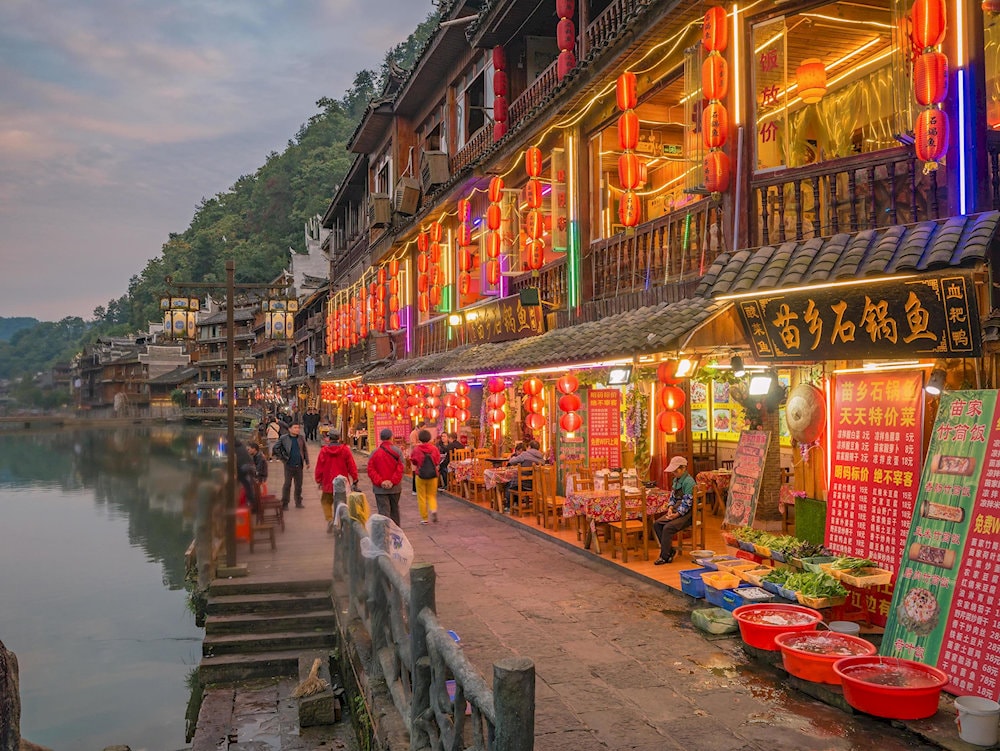
Han Culture Scenic Area.
Tickets: Prices, Booking, and Tips
Visiting the Han Culture Scenic Area is a unique opportunity to delve into the rich history of the Han Dynasty while exploring the stunning landscapes of Xuzhou. Below is essential information on ticket prices, booking options, and some helpful tips to enhance your visit.
Ticket Information
| Ticket Type | Price (CNY) | Includes |
|---|---|---|
| General Admission | 90 | Access to the main attractions and exhibits |
| Children (under 1.2m) | Free | Access to the main attractions |
| Senior Citizens | 45 | Half-price entry for seniors (60+) |
How to Book
Tickets for the Han Culture Scenic Area can be purchased directly at the entrance. However, to ensure a seamless experience, it is highly recommended to book your tickets in advance, especially during peak tourist seasons. You can do this through various travel websites or by contacting local tour operators who often bundle tickets with guided tours.
Tips for Your Visit
- Arrive Early: The scenic area opens daily at 8:30 AM, so plan to arrive early to enjoy the sites with fewer crowds.
- Plan for Food: While there are plenty of paths and gardens to explore, options for food and drinks inside the park are limited. Consider bringing snacks or dining in nearby restaurants before or after your visit.
- Self-Guided Tours: Although English-speaking tour guides are not commonly available, informative plaques are scattered throughout the site, offering insights into the historical significance of the attractions. A good understanding of basic Chinese history will enhance your experience.
- Wear Comfortable Shoes: With many walking paths and areas to explore, comfortable footwear is a must.
By following these guidelines, you can make the most of your visit to the Han Culture Scenic Area, immersing yourself in the fascinating history and culture of the Han Dynasty. Enjoy your journey through time!
How to Get There: A Complete Transportation Guide
Accessing the Han Culture Scenic Area: Your Transportation Guide
Visiting the Han Culture Scenic Area, particularly the Western Han Dynasty Terracotta Warriors in Xuzhou, offers a unique glimpse into China’s rich history. Here’s how to navigate your way to this fascinating destination and get around once you arrive.
From the Nearest Major City
Arriving by Train
Xuzhou is well-connected by rail, making it easy to reach from major cities across China.
- From Beijing: High-speed trains depart from Beijing South Railway Station and take approximately 4-5 hours. Tickets range from ¥550 to ¥1,000, depending on the class of service.
- From Shanghai: High-speed trains from Shanghai Hongqiao Railway Station take about 3-4 hours, with ticket prices between ¥300 and ¥800.
- From Nanjing: Trains from Nanjing take about 2-3 hours, with costs ranging from ¥150 to ¥300.
Once you arrive at Xuzhou Railway Station, you can take a taxi or local bus to the scenic area.
Arriving by Air
Xuzhou has its own airport, Xuzhou Guanyin Airport (XUZ), which is about 50 kilometers from the Han Culture Scenic Area.
- From Beijing or Shanghai: Flights from these cities take about 2 hours. Ticket prices vary widely, typically ranging from ¥600 to ¥1,500.
- Airport Transfer: Upon arrival, you can take a taxi (about ¥150 to the scenic area) or book a shuttle service that may be available through your hotel.
Driving
If you prefer to drive, Xuzhou is easily accessible via several major highways. Renting a car offers flexibility, especially for exploring nearby attractions.
- From Nanjing: Approximately 4-5 hours by car, about 300 kilometers.
- From Shanghai: Roughly 6-7 hours, around 600 kilometers.
- From Beijing: A longer journey, taking about 12-13 hours, approximately 1,100 kilometers.
Getting Around the Scenic Area
Once you reach the Han Culture Scenic Area, navigating the site is straightforward.
Walking
The area is designed for pedestrian exploration, featuring well-maintained paths and gardens. A leisurely walk will allow you to fully appreciate the terracotta warriors and surrounding landscapes.
- Attractions: The park itself is free to enter, but attractions like the tomb of the Han Emperor require an entrance fee of ¥90.
Bicycles and Electric Scooters
For those who prefer a quicker way to get around, bicycle rentals and electric scooters are often available. Look for rental stations near the main entrance.
Local Transport
If you’re looking to explore beyond the scenic area:
- Public Buses: Xuzhou has a reliable bus system, with routes connecting various attractions. Fares are typically around ¥1-2.
- Taxis and Ride-hailing Services: Taxis are readily available, and popular ride-hailing apps like Didi can be used for convenience. Short rides within the city usually cost about ¥10-30.
Tips for Travelers
- Language: While some signage may be in English, having a translation app or basic Mandarin phrases can enhance your experience.
- Food and Drinks: There are limited food options within the scenic area, so consider bringing snacks or planning to eat before or after your visit.
- Weather: Check the weather before your trip, as Xuzhou experiences hot summers and cold winters. Dress accordingly!
With this transportation guide in hand, you’re well-prepared to explore the Han Culture Scenic Area and immerse yourself in the fascinating history of the Han Dynasty. Enjoy your journey!
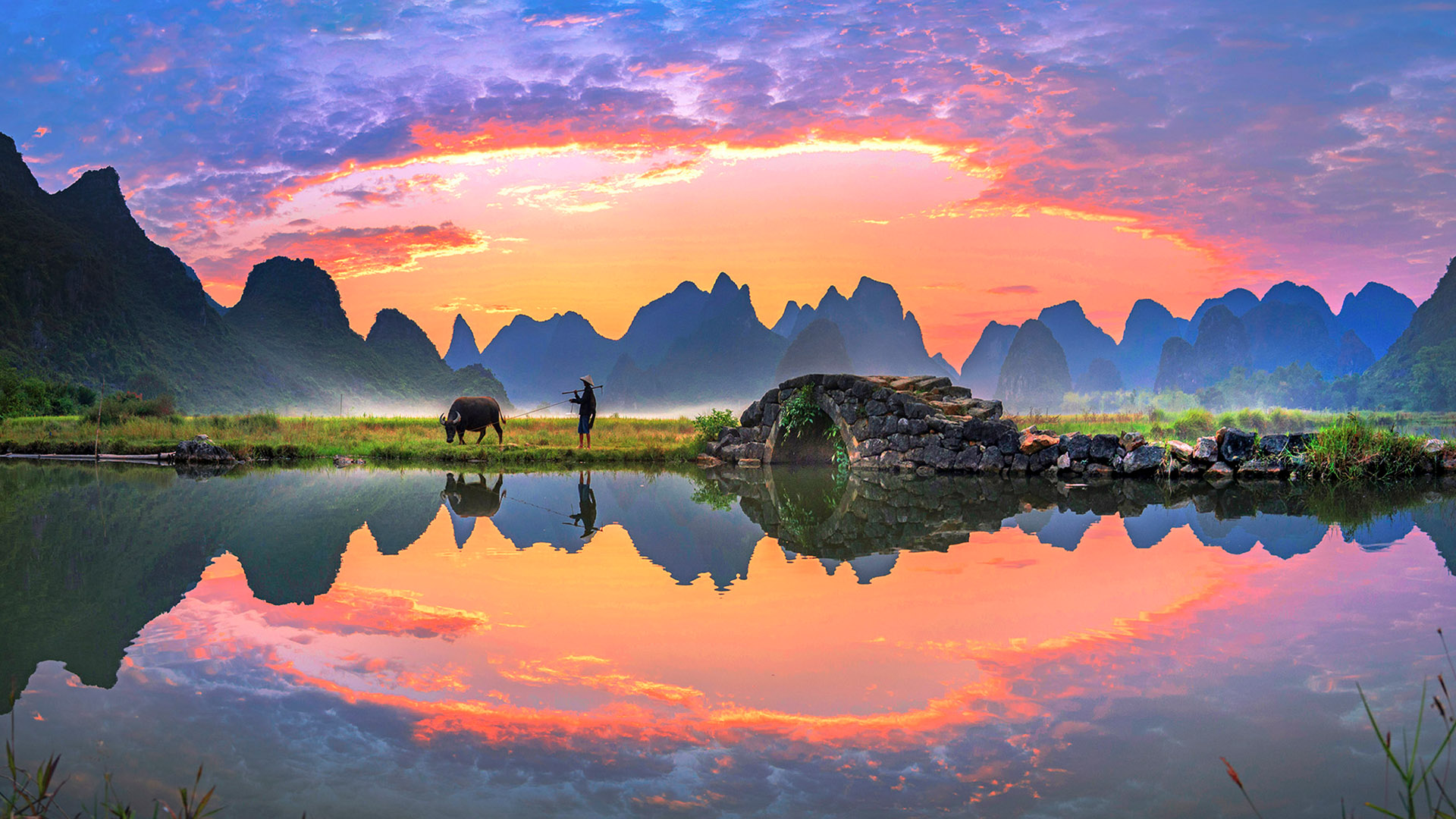
Han Culture Scenic Area.
Local Cuisine and Accommodation Nearby
When you visit the Han Culture Scenic Area in Xuzhou, not only will you be immersed in rich history and breathtaking sites, but you will also have the opportunity to indulge in the local cuisine and find comfortable accommodations nearby.
Culinary Delights to Savor
-
Xuzhou-style Dumplings (Xuzhou Jiaozi): A local favorite, these dumplings are filled with a savory mixture of ground meats and vegetables. They are often served with a tangy dipping sauce and are perfect for a quick snack or a hearty meal.
-
Braised Noodles (Hongshao Mian): This dish features thick, chewy noodles braised in a rich, savory broth flavored with soy sauce, garlic, and a selection of fresh vegetables. It’s a comforting dish that showcases the heartiness of local flavors.
-
Steamed Buns (Baozi): Soft and fluffy, these steamed buns are filled with a variety of ingredients, from minced pork to mixed vegetables. Enjoy them as a snack while exploring the scenic area or as part of a delicious meal.
-
Szechuan Stir-fried Spicy Chicken (Sichuan Jiji): For those who enjoy a kick, this dish combines tender chicken pieces with a medley of spices and chili peppers, delivering a fiery yet flavorful experience that is sure to tantalize your taste buds.
Places to Stay
Luxury Accommodation
– Hilton Xuzhou: Offering modern amenities and luxurious comfort, the Hilton boasts stunning views of the surrounding landscape. With an on-site restaurant serving a variety of cuisines, guests can enjoy a delightful dining experience after a day of exploration.
Boutique Hotel
– Xuzhou Yuntai Hotel: This charming boutique hotel combines traditional design with modern comforts. Each room is uniquely decorated, providing a cozy atmosphere. The hotel’s restaurant often features local dishes, allowing guests to experience authentic flavors without venturing far.
Budget-Friendly Options
– GreenTree Inn Xuzhou: Perfect for travelers looking for comfort on a budget, this hotel offers clean, simple rooms and essential amenities. It’s conveniently located near public transportation, making it an excellent base for exploring the Han Culture Scenic Area and beyond.
Whether you’re indulging in delectable local dishes or finding the perfect place to rest your head after a day of sightseeing, Xuzhou has something to offer every traveler. Enjoy your culinary adventure and comfortable stay in this historic region!
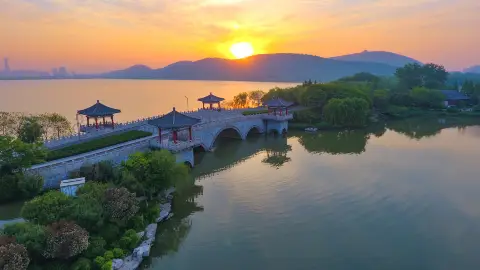
Han Culture Scenic Area.
Frequently Asked Questions
Frequently Asked Questions about Han Culture Scenic Area
1. Is the Han Culture Scenic Area suitable for children and the elderly?
Yes, the Han Culture Scenic Area is suitable for visitors of all ages, including children and the elderly. The park features well-maintained paths and open spaces, making it easy to navigate. However, some areas may involve walking on uneven terrain, so it’s advisable for elderly visitors to wear comfortable shoes and take their time.
2. Are there English signs or guides available?
While there are no English-speaking tour guides, the Han Culture Scenic Area provides informative plaques in English that explain the historical significance of the site. This makes it accessible for international travelers who want to learn about the history of the Han Dynasty.
3. How much time should I plan to spend at the scenic area?
Visitors typically spend around 2 to 3 hours exploring the Han Culture Scenic Area. This allows ample time to walk around the gardens, view the terracotta warriors, and read the informational displays. If you plan to visit nearby attractions, consider allocating additional time.
4. Is there an admission fee to enter the park?
Entry to the Han Culture Scenic Area is free; however, there is an admission fee of 90 RMB for specific attractions within the site. It’s a good idea to purchase tickets at the gate to access these historical features.
5. Are there food and drink options available inside the park?
Food and drink options within the park are limited. Visitors are encouraged to bring snacks and water or explore nearby restaurants in Xuzhou after their visit. There are several dining options within a short distance from the entrance.
6. What are the opening hours of the Han Culture Scenic Area?
The Han Culture Scenic Area is open daily from 8:30 AM to 4:30 PM. It’s advisable to arrive early to make the most of your visit and avoid crowds.
7. How can I get to the Han Culture Scenic Area from Xuzhou?
The scenic area is easily accessible by public transportation, taxi, or rideshare services from central Xuzhou. If you prefer to drive, there is parking available near the entrance.
8. What should I wear when visiting the Han Culture Scenic Area?
Comfortable clothing and shoes are recommended, as you will be walking and exploring the outdoor areas. Depending on the season, consider wearing sunscreen and a hat for sun protection, or bringing a light jacket if visiting during cooler months.
Final Thoughts on Your Trip
As you wrap up your journey through the Han Culture Scenic Area, you’ll carry with you not just the stunning sights, but also a deeper appreciation for the rich tapestry of Chinese history. From the intriguing miniature terracotta warriors that stand sentinel over the Western Han dynasty tomb to the serene landscapes of well-maintained gardens, every moment spent here offers a glimpse into the past.
You’ll find that wandering the paths of this expansive park is not just a walk—it’s an invitation to reflect on the stories of those who came before us. Although English-speaking guides may be scarce, the informative plaques scattered throughout provide valuable insights that bring the history to life.
As you leave this remarkable site, take with you the knowledge that you have ventured into a pivotal chapter of human civilization. Embrace the spirit of curiosity and exploration, for each trip into the world’s cultural heritage enriches our understanding of humanity’s shared journey. Remember, the echoes of the Han dynasty continue to resonate today—let them inspire you as you embark on your next adventure. Safe travels!